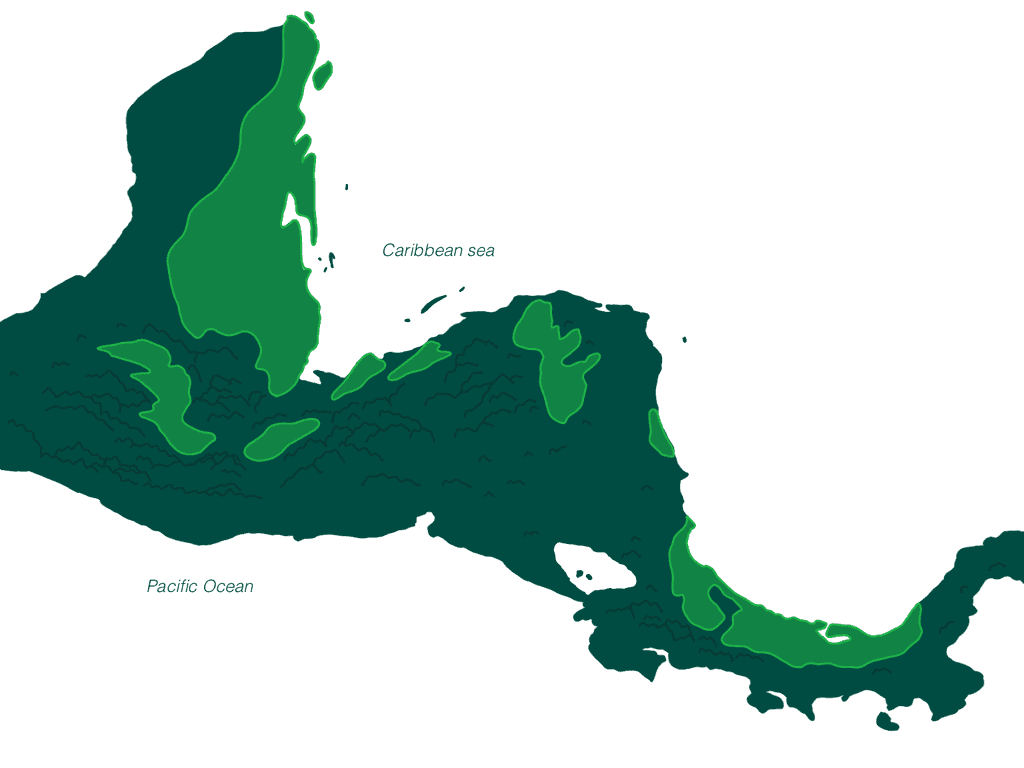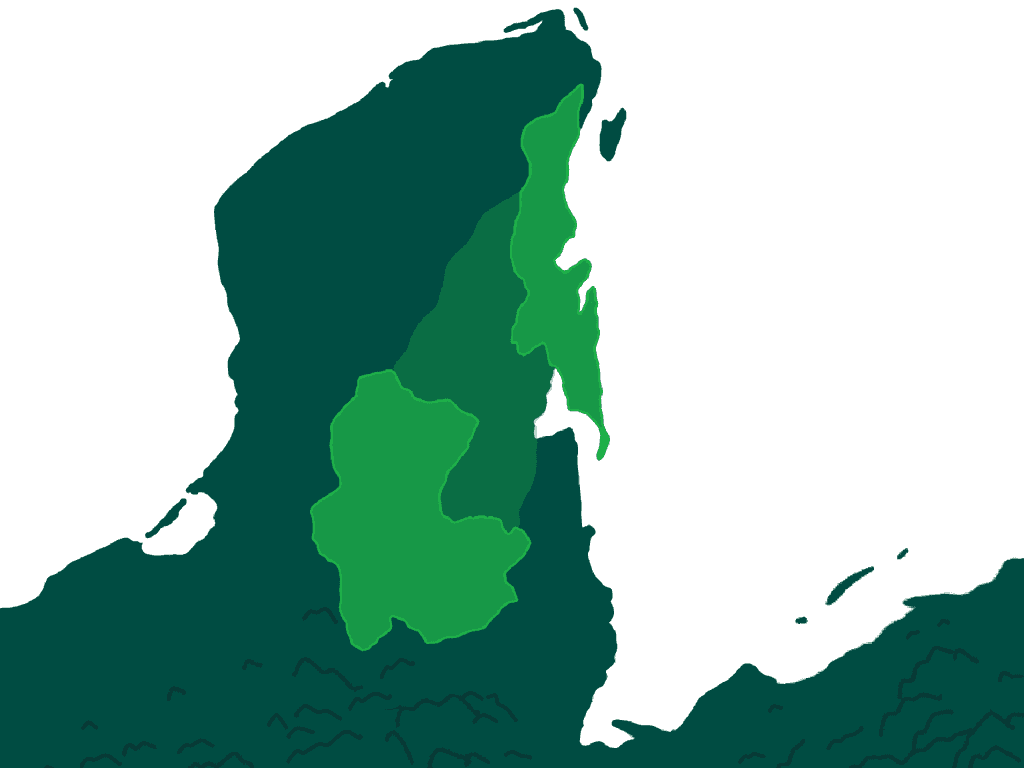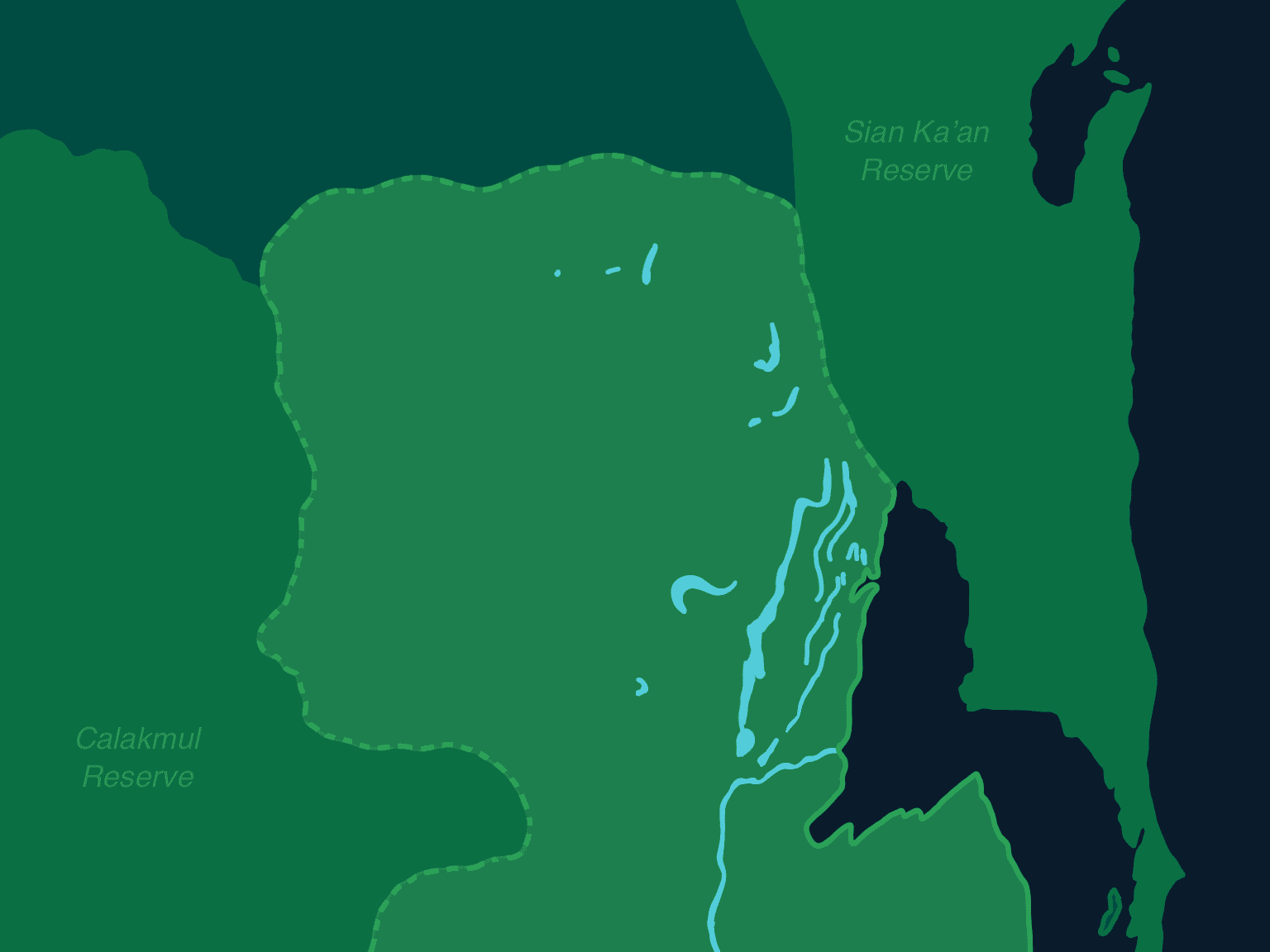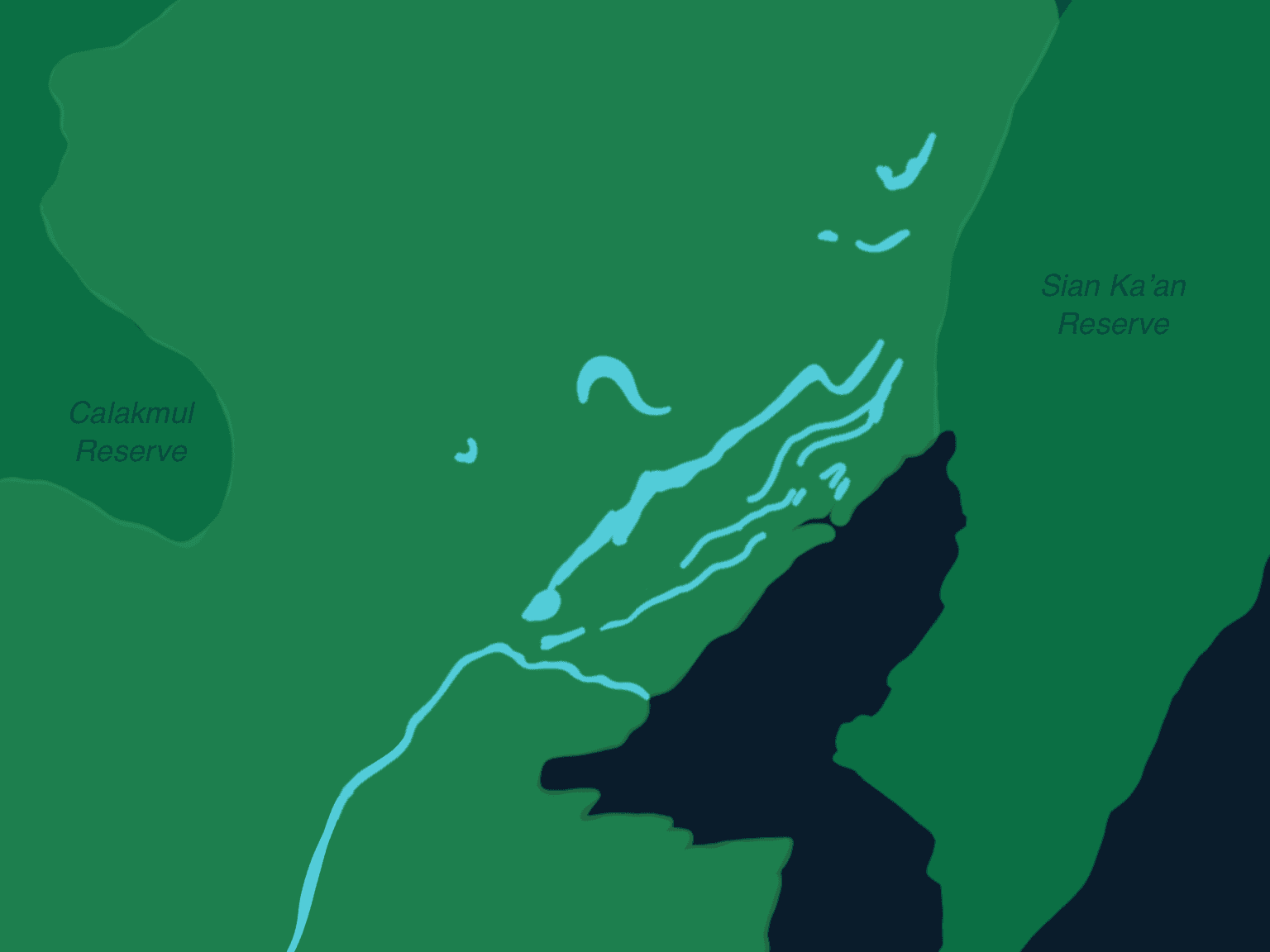






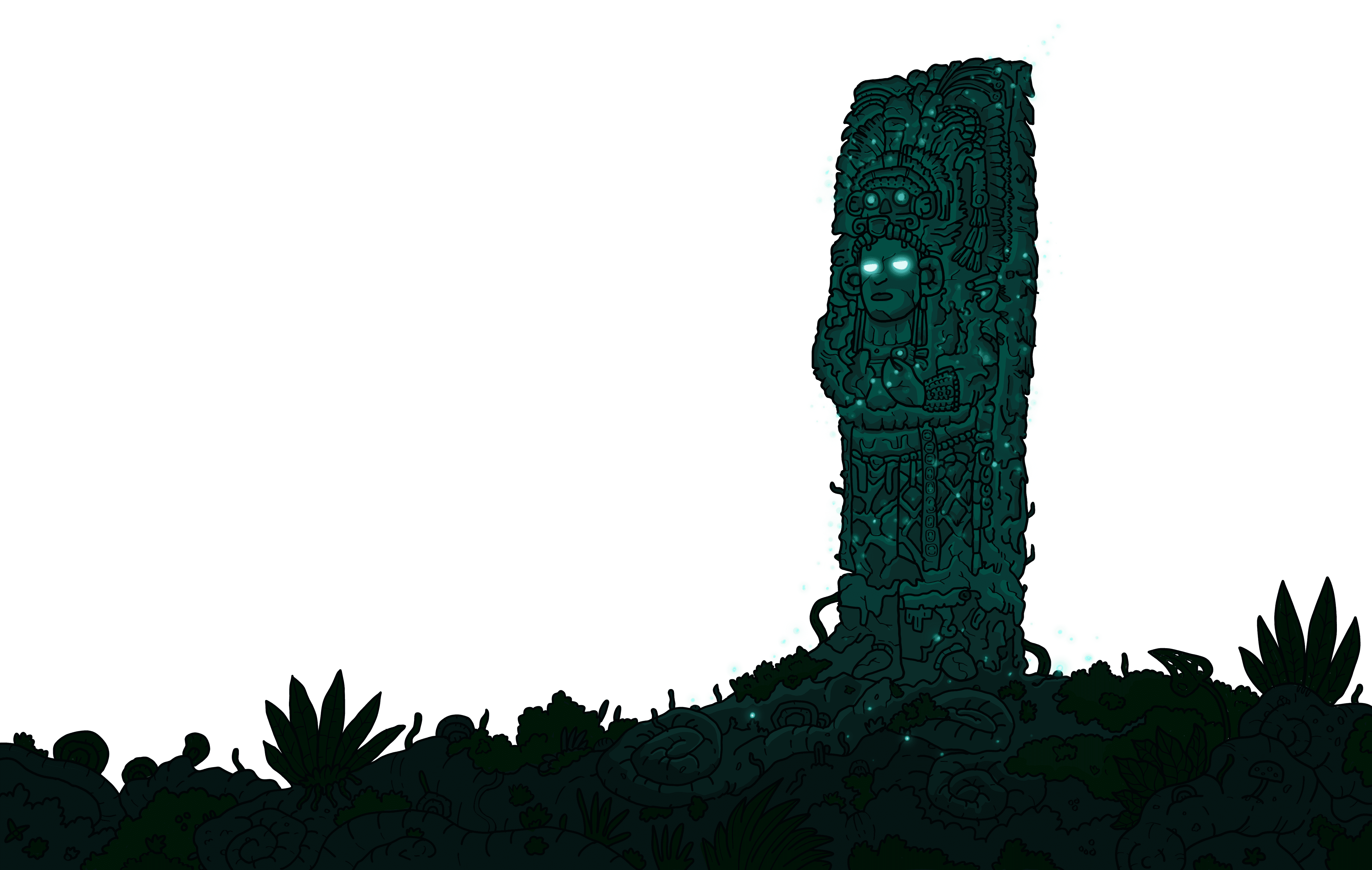
Unveiling the ancient protectors.
The aluxes and their role in safeguarding the rainforest`s biodiversity

Unveiling the ancient protectors.
The aluxes and their role in safeguarding the rainforest`s biodiversity

Unveiling the ancient protectors.
The aluxes and their role in safeguarding the rainforest`s biodiversity


The aim is to preserve mother nature as much time as possible…
The aim is to preserve mother nature as much time as possible…
The aim is to preserve mother nature as much time as possible…
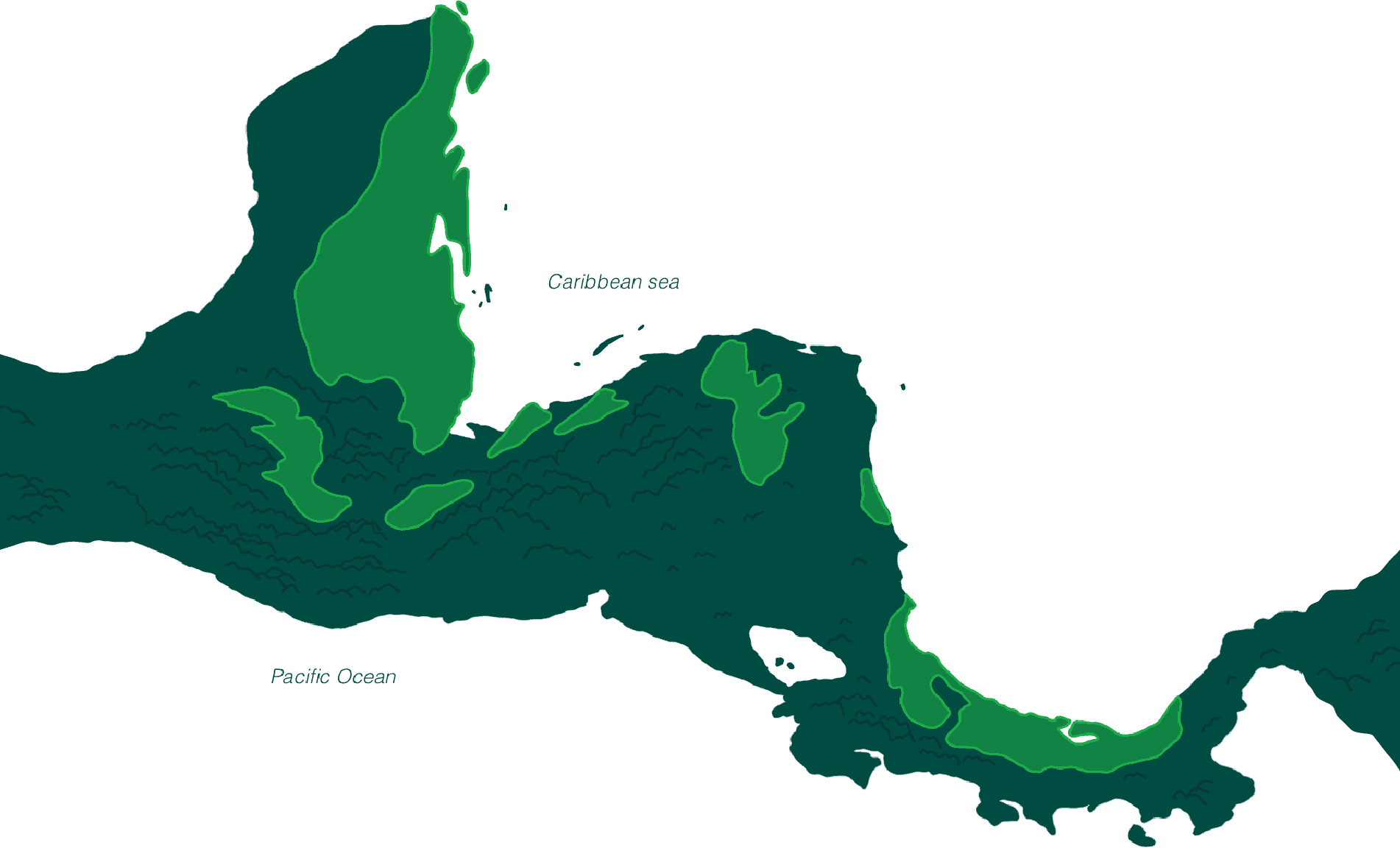
Central America
The Central American jungle is considered one of the most biodiverse regions in the world, with estimates suggesting that it may contain as many as 10% of all known species of plants and animals.
The jungle is also home to many Maya communities who have lived in harmony with the environment for thousands of years.
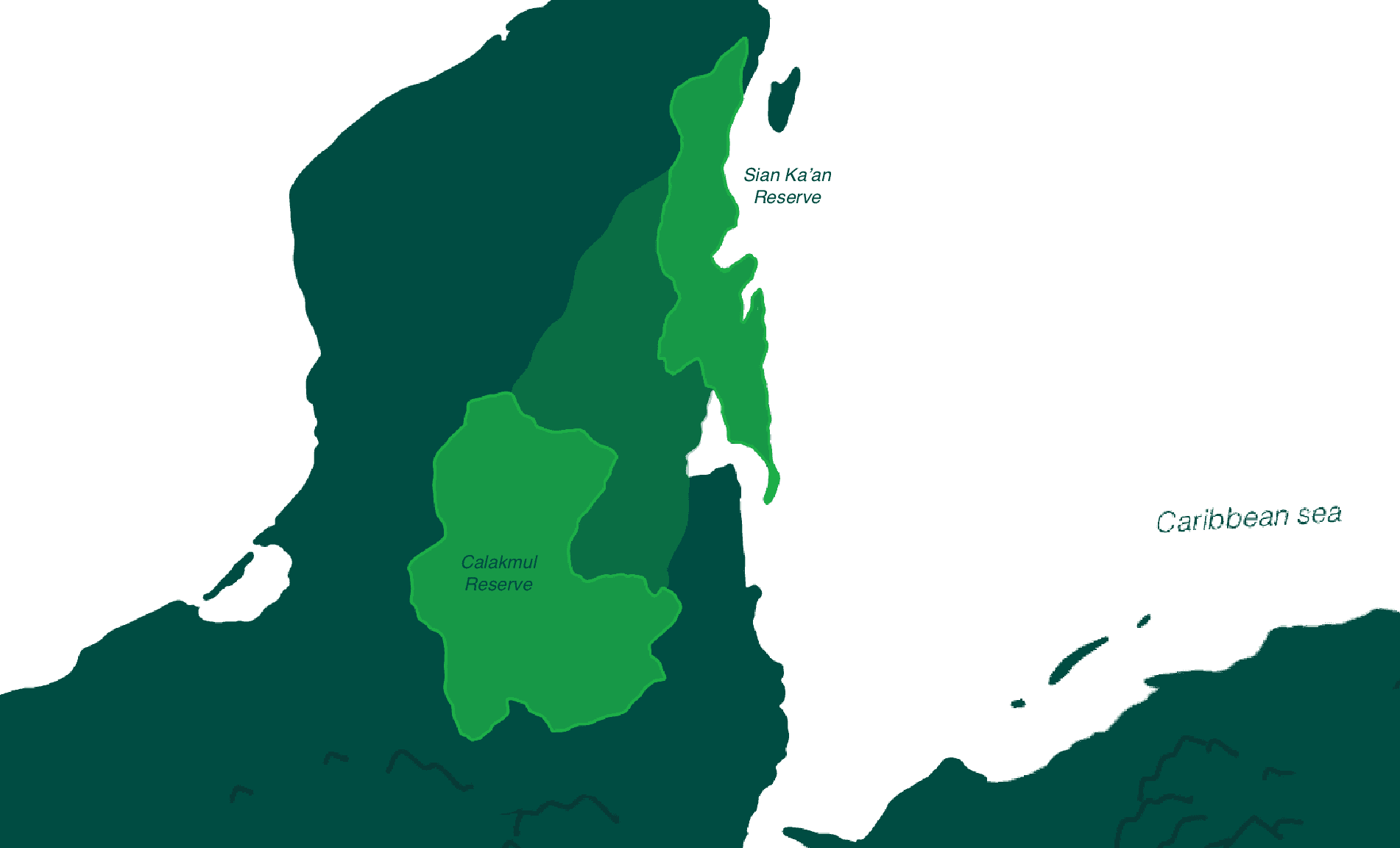
Mesoamerican corridor
The largest untouched area in the Mesoamerican corridor is located in the Yucatan peninsula.
It is fed by the two biggest natural reserves in the region which provide over the 80% of all biodiversity in the peninsula.
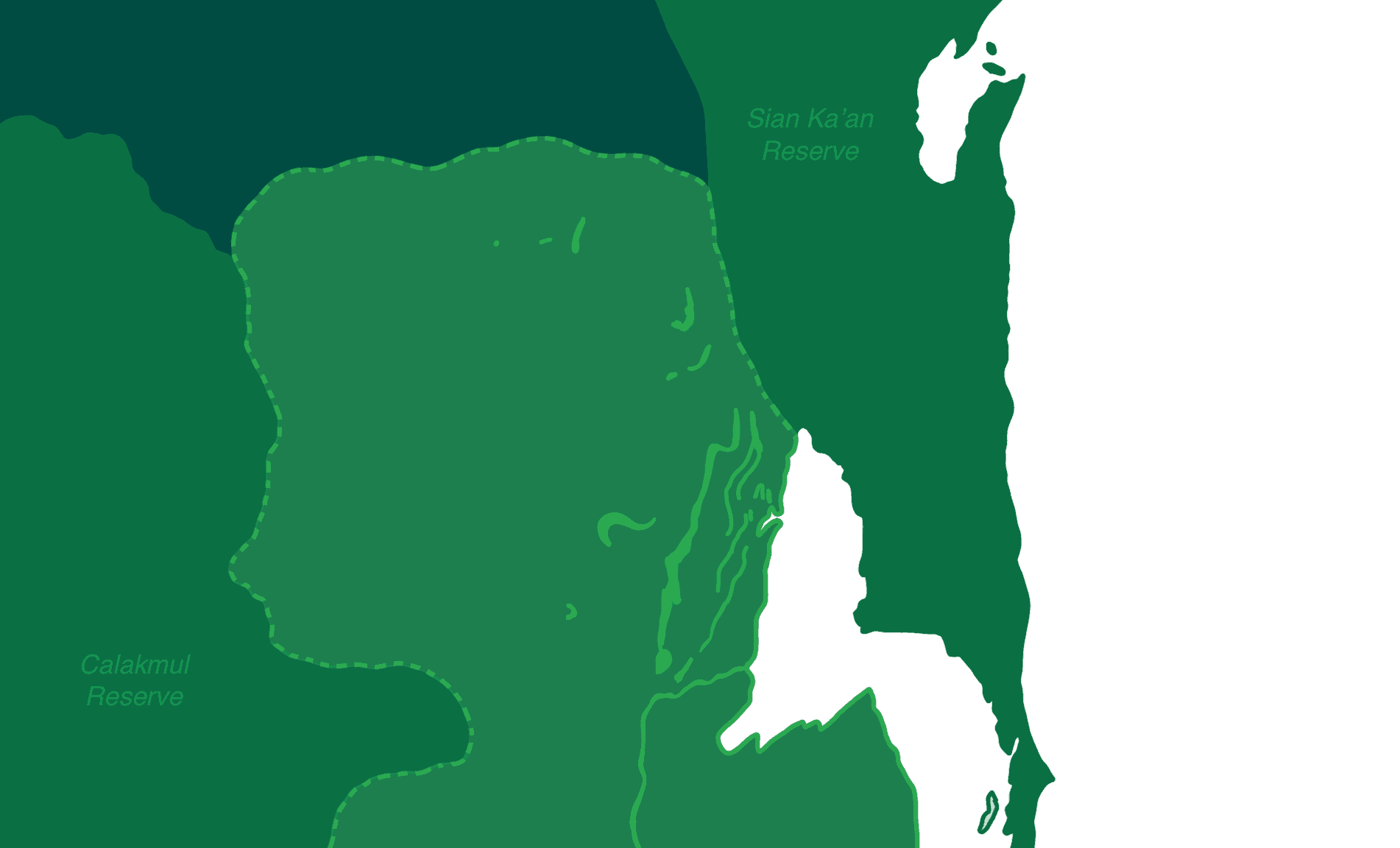
Rio Hondo basin
The union between this two natural reserves is one of the most biodiverse areas in Central America and in the world.
The water provided by the Rio Hondo Basin is a fundamental resource that supports the functioning and survival of the entire ecosystem in the surface and in its underground.

Central America
The Central American jungle is considered one of the most biodiverse regions in the world, with estimates suggesting that it may contain as many as 10% of all known species of plants and animals.
The jungle is also home to many Maya communities who have lived in harmony with the environment for thousands of years.

Mesoamerican corridor
The largest untouched area in the Mesoamerican corridor is located in the Yucatan peninsula.
It is fed by the two biggest natural reserves in the region which provide over the 80% of all biodiversity in the peninsula.

Rio Hondo basin
The union between this two natural reserves is one of the most biodiverse areas in Central America and in the world.
The water provided by the Rio Hondo Basin is a fundamental resource that supports the functioning and survival of the entire ecosystem in the surface and in its underground.

Central America
The Central American jungle is considered one of the most biodiverse regions in the world, with estimates suggesting that it may contain as many as 10% of all known species of plants and animals.
The jungle is also home to many Maya communities who have lived in harmony with the environment for thousands of years.

Mesoamerican corridor
The largest untouched area in the Mesoamerican corridor is located in the Yucatan peninsula.
It is fed by the two biggest natural reserves in the region which provide over the 80% of all biodiversity in the peninsula.

Rio Hondo basin
The union between this two natural reserves is one of the most biodiverse areas in Central America and in the world.
The water provided by the Rio Hondo Basin is a fundamental resource that supports the functioning and survival of the entire ecosystem in the surface and in its underground.

Central America
The Central American jungle is considered one of the most biodiverse regions in the world, with estimates suggesting that it may contain as many as 10% of all known species of plants and animals.
The jungle is also home to many Maya communities who have lived in harmony with the environment for thousands of years.

Mesoamerican corridor
The largest untouched area in the Mesoamerican corridor is located in the Yucatan peninsula.
It is fed by the two biggest natural reserves in the region which provide over the 80% of all biodiversity in the peninsula.

Rio Hondo basin
The union between this two natural reserves is one of the most biodiverse areas in Central America and in the world.
The water provided by the Rio Hondo Basin is a fundamental resource that supports the functioning and survival of the entire ecosystem in the surface and in its underground.



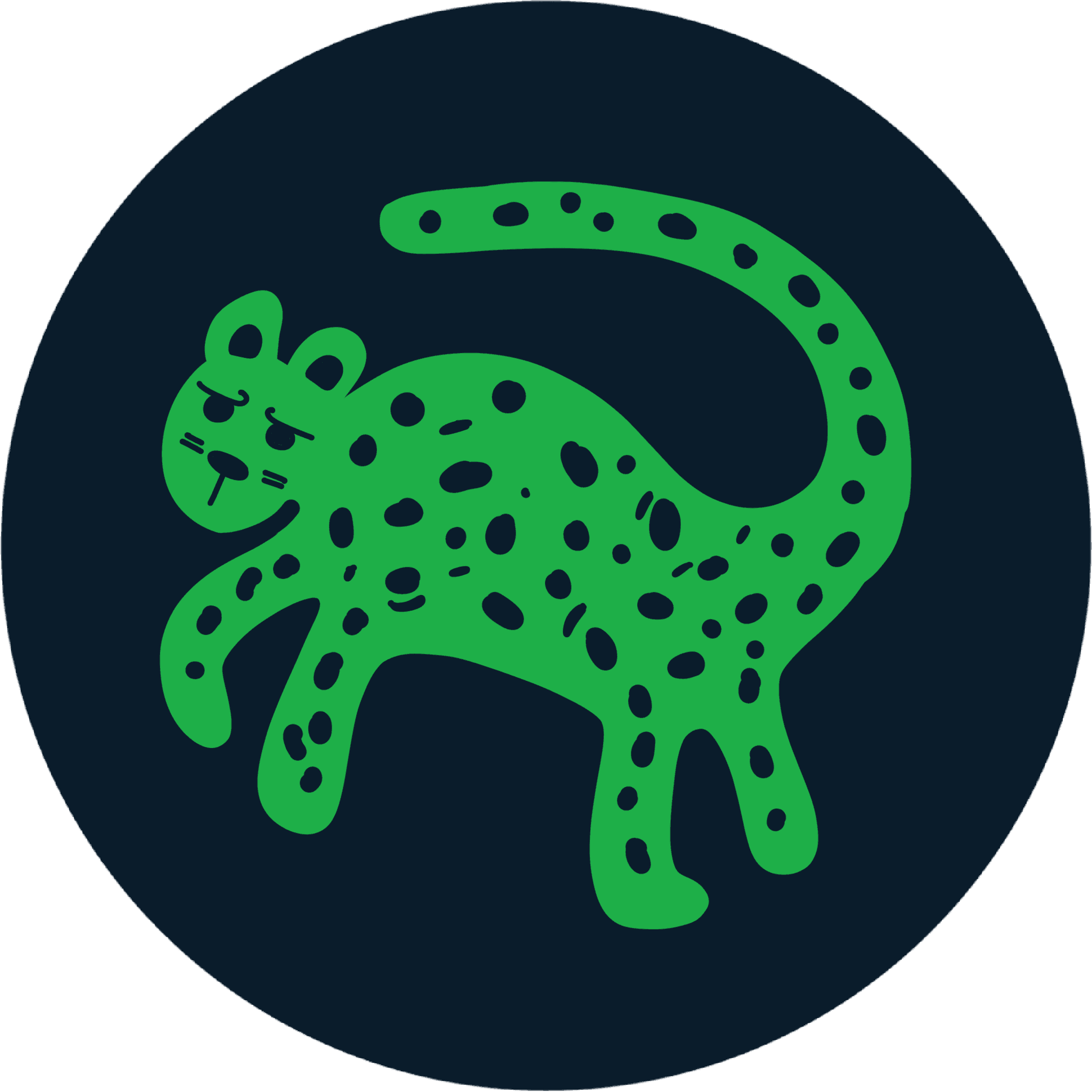
Rewild
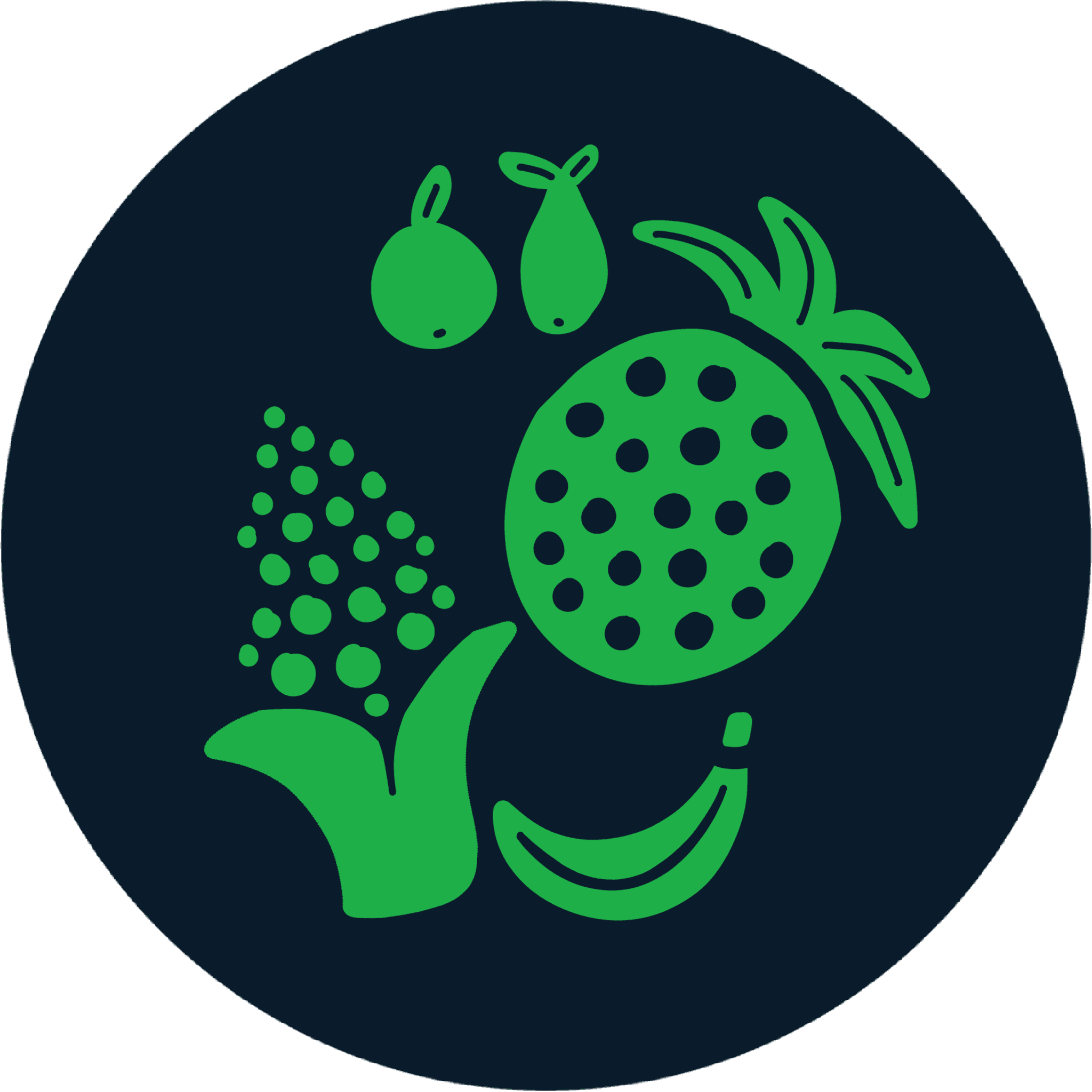
Soil Regen

Teaching
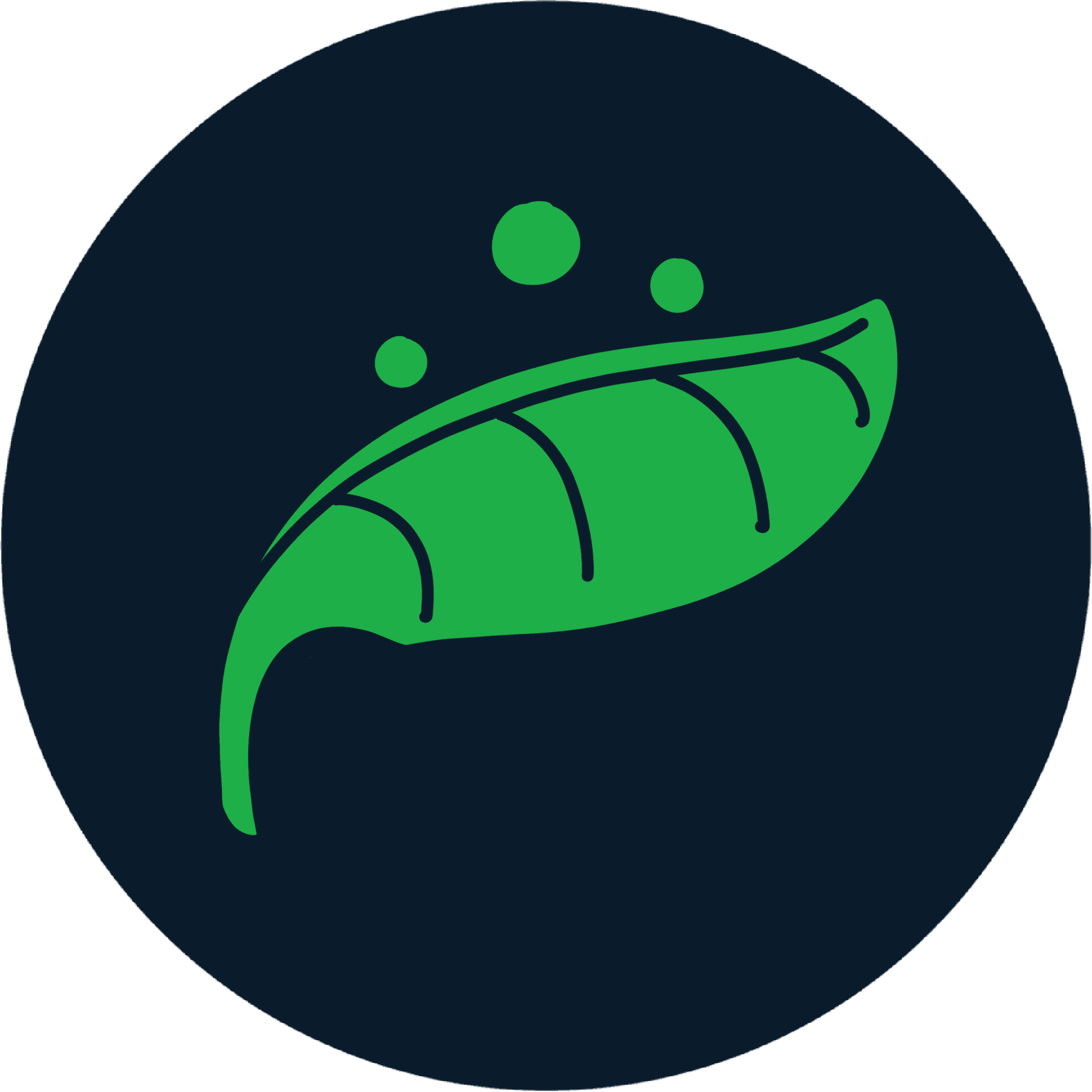
Conserve

Art

Pollinate
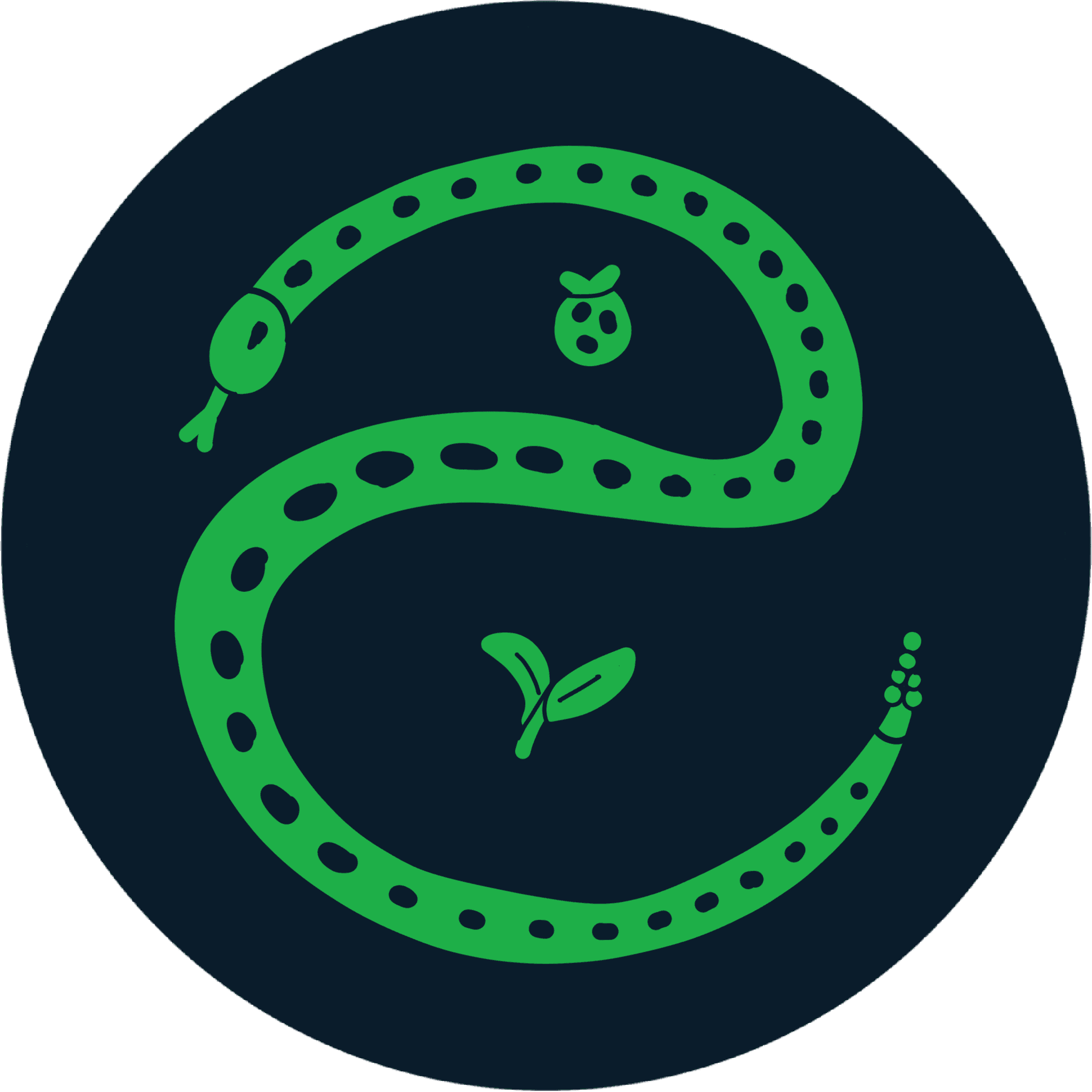
Research

Clean
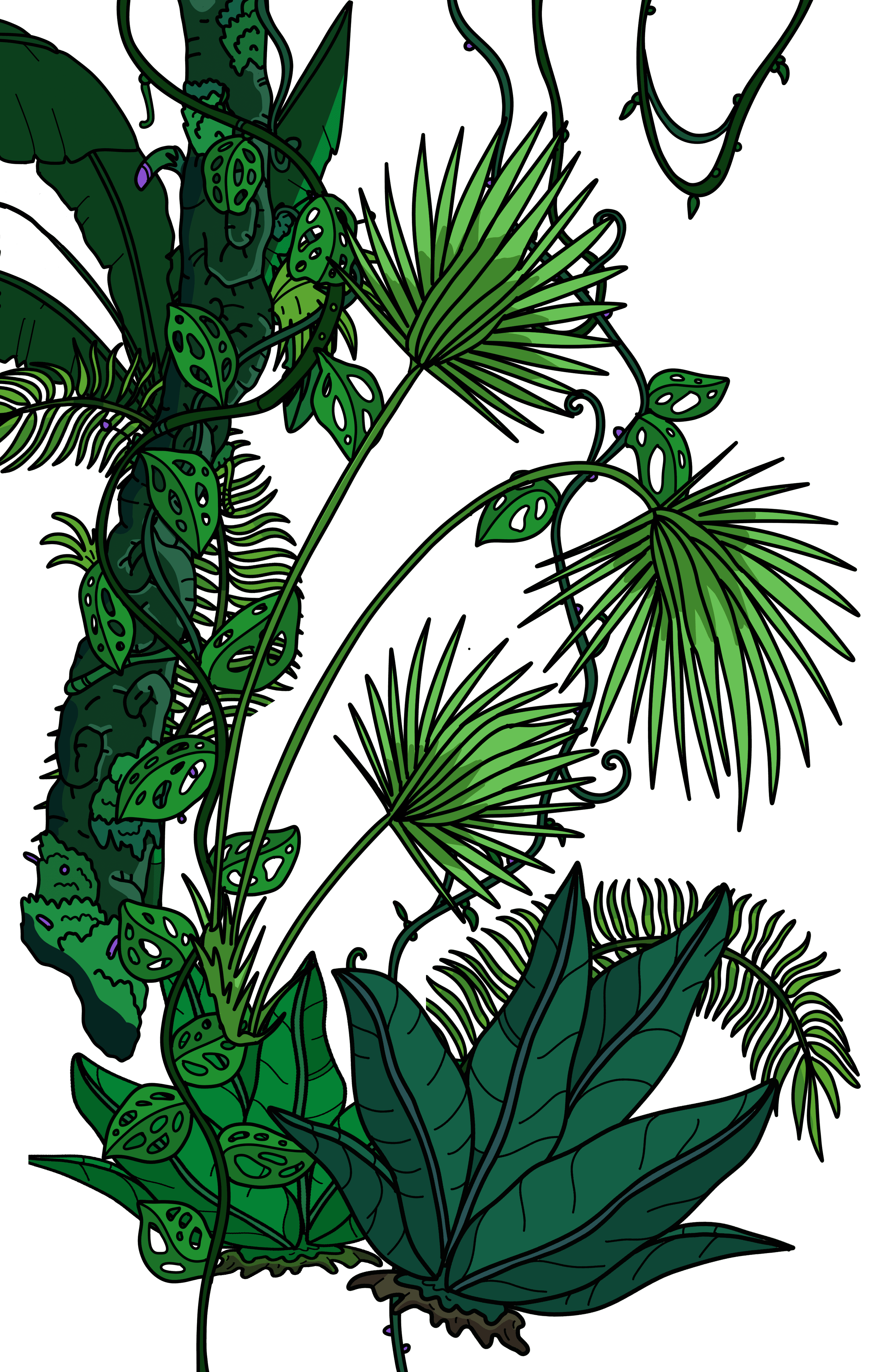
Immediate actions for preservation
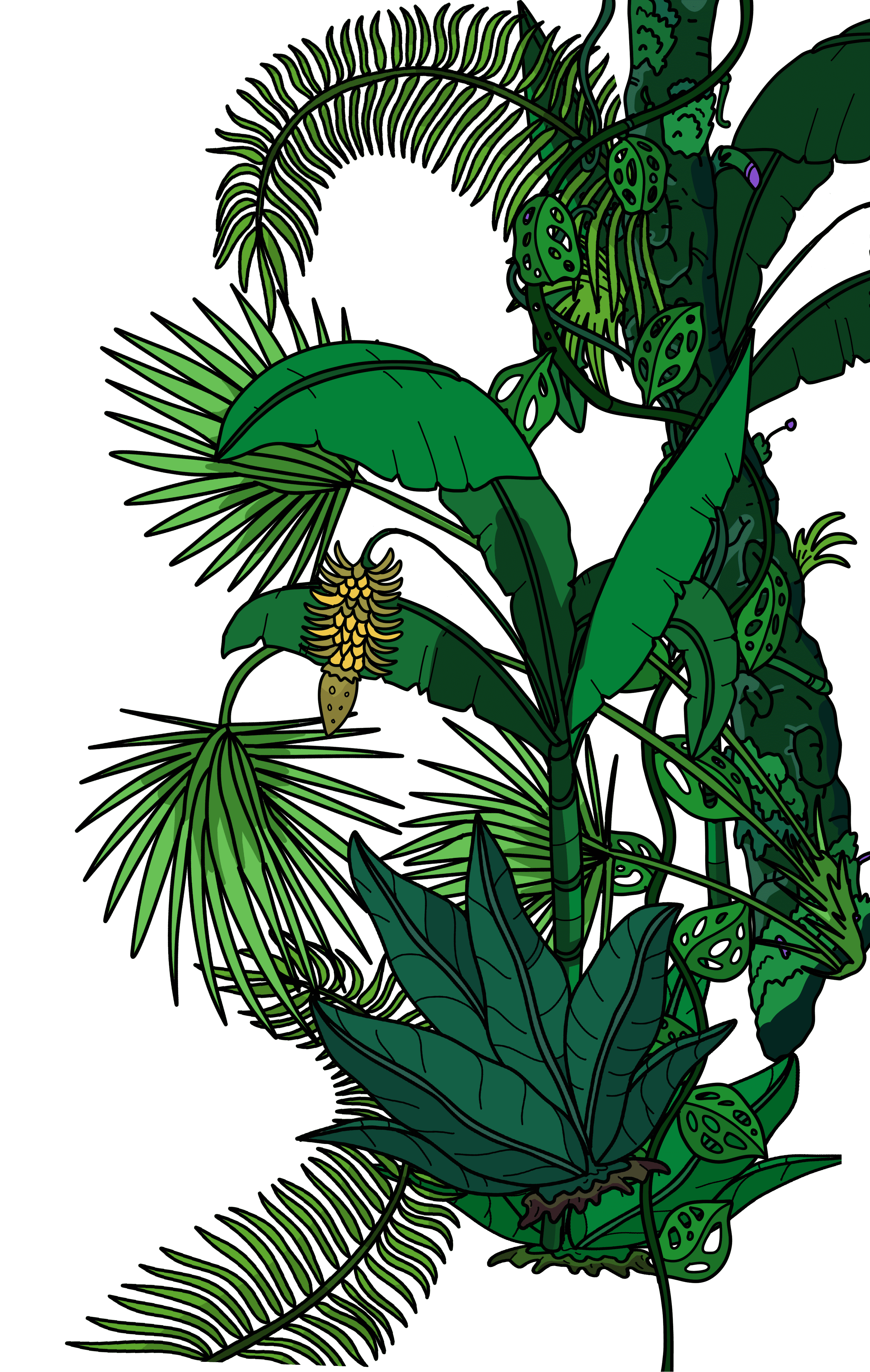
Immediate actions for conservation




Rewild

Soil Regen

Teaching

Conserve

Art

Pollinate

Research

Clean

Immediate actions for conservation

Immediate actions for conservation




Rewild

Soil Regen

Teach

Conserve

Art

Pollinate

Research

Clean

Immediate actions for preservation

Immediate actions for conservation
Intact Natural inhabitat remains
Intact Natural inhabitat remains
Intact natural inhabitat remains


Local circular economy generation
Local circular economy generation
Local circular economy generation


Token votes and earns rewards
Token votes and earns rewards
Token votes and earns rewards


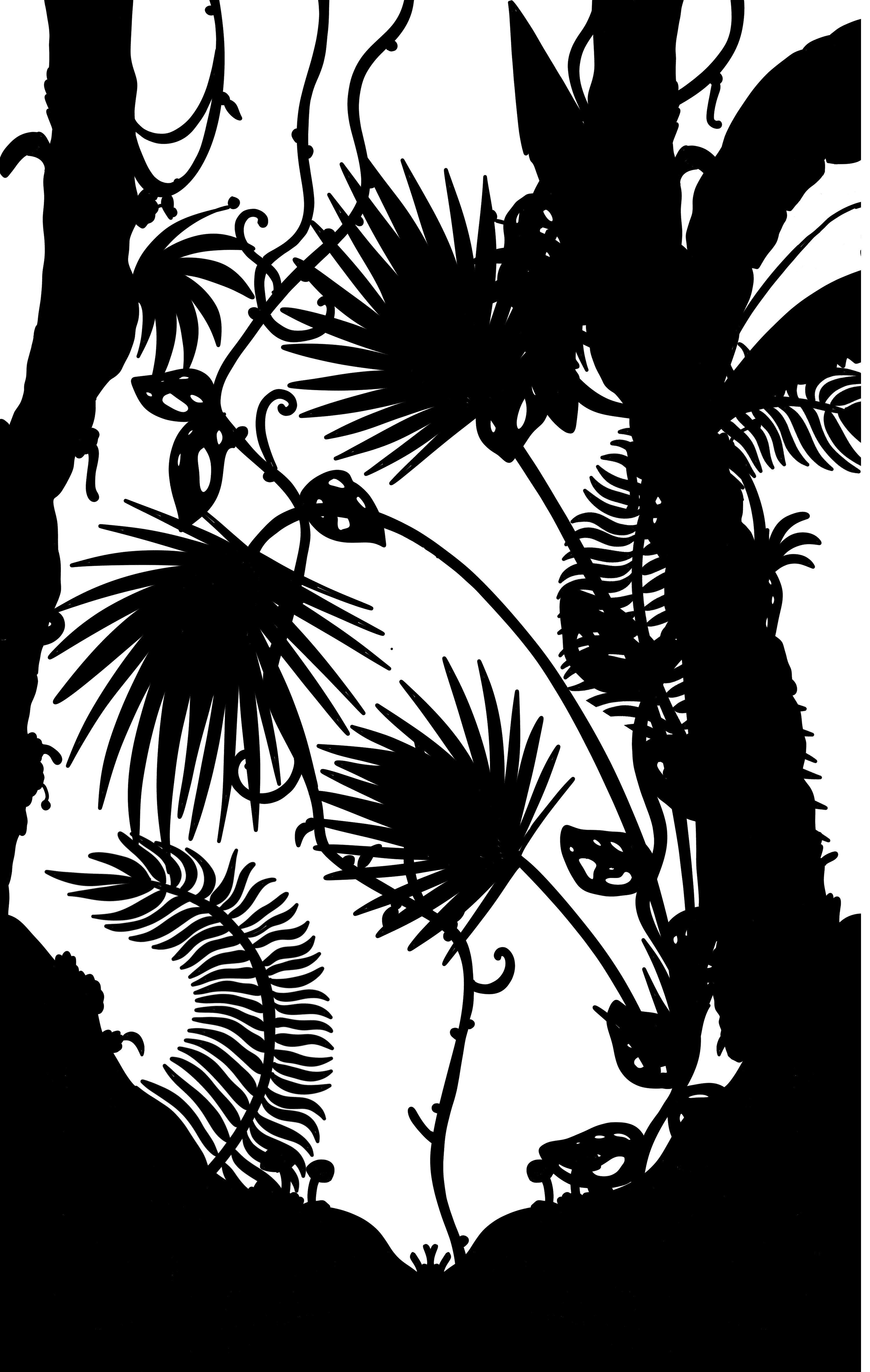
All the immediate actions will be tested, evaluated and documented per 1 year.
The module will be designed for an efficient implementation on the surrounding lands
All the immediate actions will be tested, evaluated and documented per 1 year.
The module will be designed for an efficient implementation on the surrounding lands
All the immediate actions will be tested, evaluated and documented per 1 year.
The module will be designed for an efficient implementation in the surrounding lands.
The Module
The Module
The Module
On site
On site
On site
The Aluxes will acquire a position in the community council to finance the eight on-site immediate initiatives.
The Aluxes will acquire a position in the community council to have the right of owning land to finance eight on-site immediate initiatives
Fund distribution
Fund distribution
Fund distribution
80% Conservation actions on site
80% Inmediate actions on site
20%
Community wallet for Refi projects
20% Community wallet for ReFi projects
Genesis collection earnings will be divided into two branches
Genesis collection earnings will be divided into two branches
Genesis collection earnings will be divided into two branches
Local
Local
The journey


























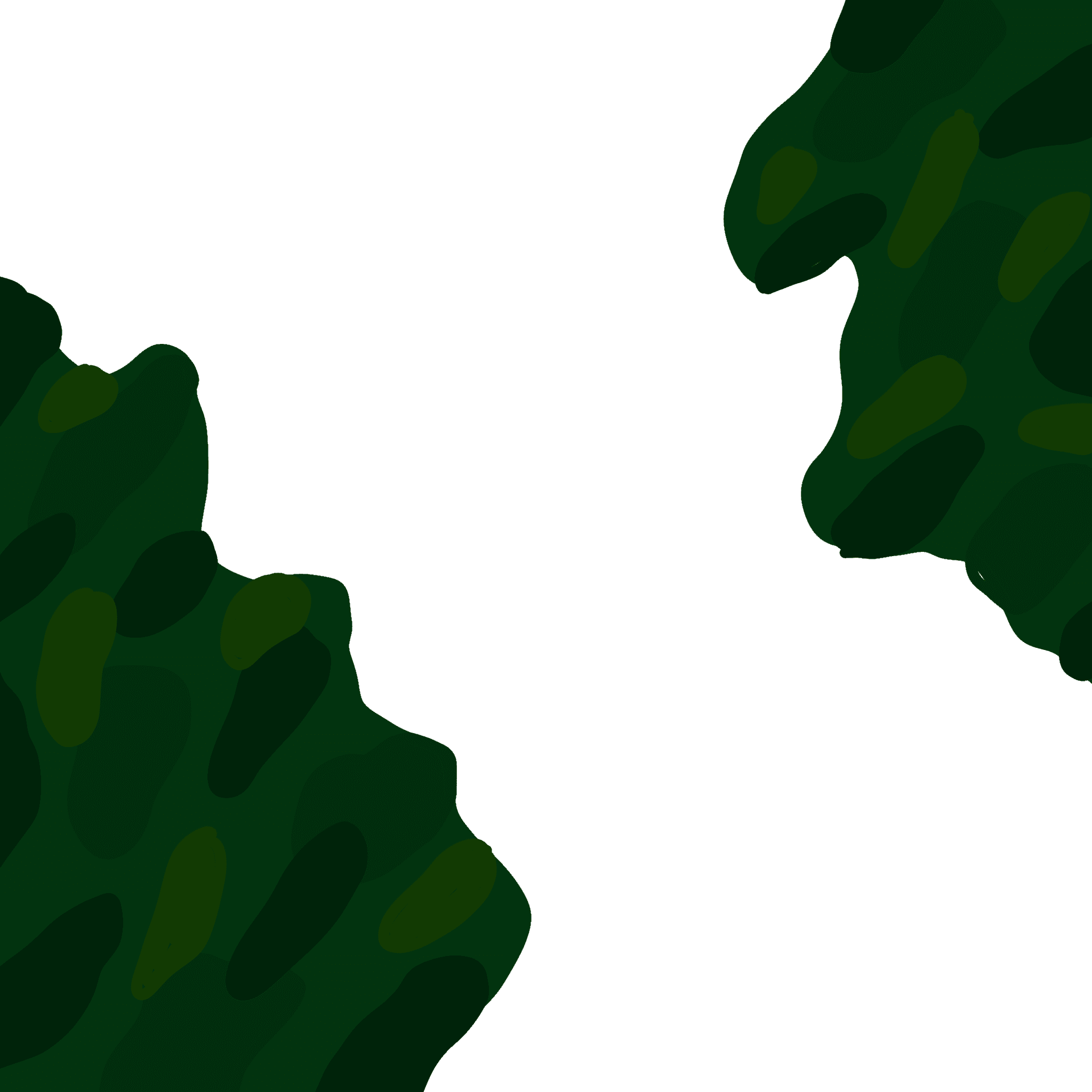
Our mission is to keep the Mesoamerican biological corridor connected and fully productive in a sustainable way for the benefit of future biotic generations.
Conservation of the corridor


Our mission is to keep the Mesoamerican biological corridor connected and fully productive in a sustainable way for the benefit of future biotic generations.
Conservation of the corridor


Our mission is to keep the Mesoamerican biological corridor connected and fully productive in a sustainable way for the benefit of future biotic generations.
Conservation of the corridor
The project will seek to scale up in alliance with local communities to increase its territory and grow an economy based on a large diversity of jungle products and services.
The project will seek to scale up in alliance with local communities to increase its territory and grow an economy based on a large diversity of jungle products and services.
Natural Conservation Economy
Natural Conservation Economy
Natural Conservation Economy
















As the Aluxe territory grows and its natural conservancy economy grows too, regional alliances could get bigger!
As the Aluxe territory grows and its natural conservancy economy grows too, regional alliances could get bigger!
As the Aluxe territory grows and its natural conservancy economy grows too, regional alliances could get bigger!
Evaluation and regional growth
Evaluation and regional growth
Regional
Regional
Regional Impact
We believe that true power comes with unity so our module will be implemented in the basin
We believe that true power comes with unity so our module will be implemented in the basin
We believe that true power comes with unity so our module will be implemented in the basin
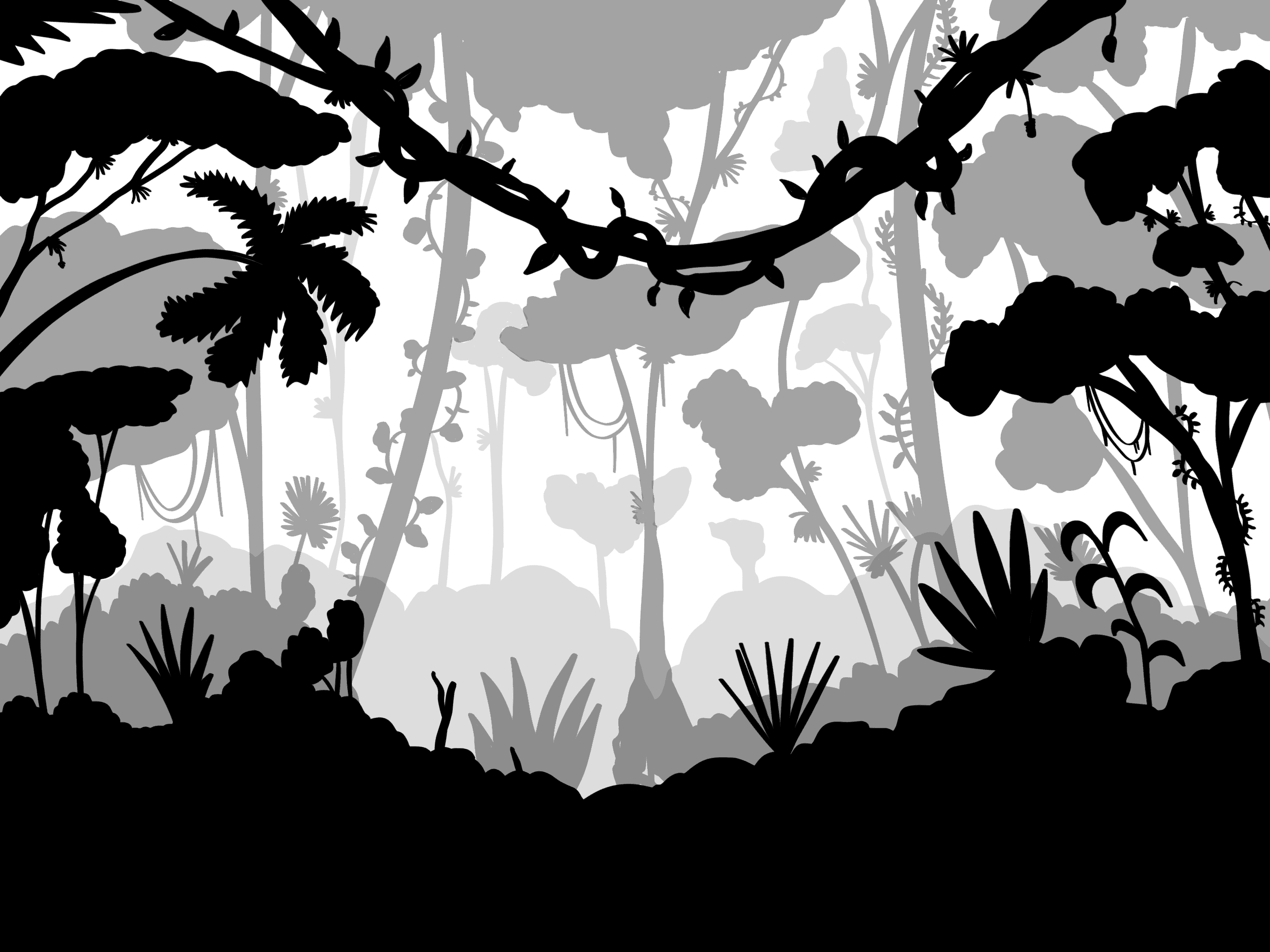


Would you dare?
Would you dare?
Stay tuned!
Stay tuned!


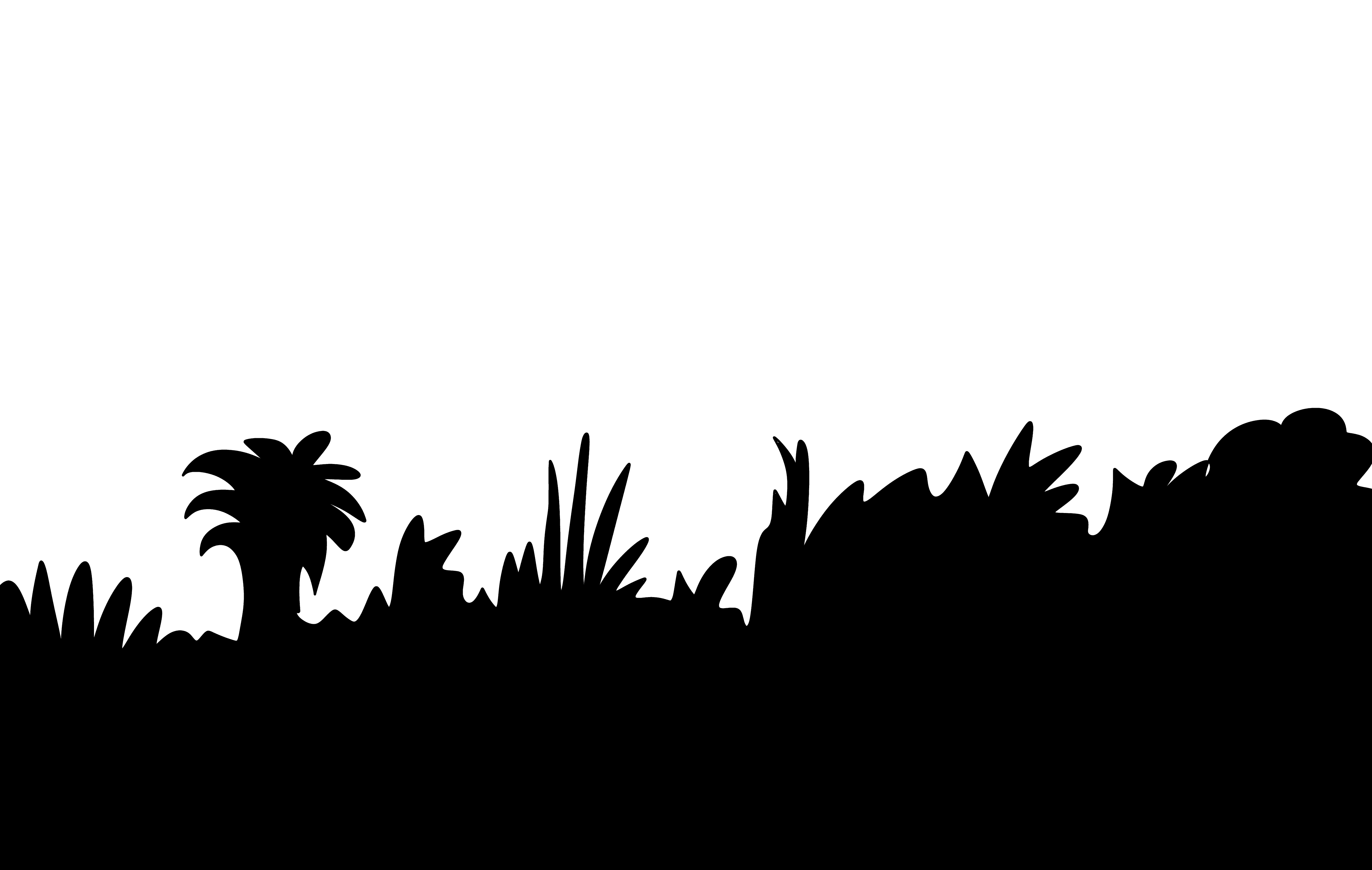
The Central American jungle is considered one of the most biodiverse regions in the world, with estimates suggesting that it may contain as many as 10% of all known species of plants and animals.
The jungle is also home to many Maya communities who have lived in harmony with the environment for thousands of years.
The largest untouched area in the Mesoamerican corridor is located in the Yucatan peninsula.
It is fed by the biggest natural reserves in the region which provide over the 80% of all biodiversity in the peninsula.
The union between these two natural reserves makes up one of the most biodiverse basins in Central America and in the world.
The water provided by the Rio Hondo Basin is a fundamental resource that supports the functioning and survival of the entire ecosystem both on the surface and in underground.
This may be the only place left in the world with a truly significant amount of flowing underground water.
The jungle contribution in purifying the water is unmeasurable. It is important to keep this place following its natural cycle for the benefit of us all.
The Central American jungle is considered one of the most biodiverse regions in the world, with estimates suggesting that it may contain as many as 10% of all known species of plants and animals.
The jungle is also home to many Maya communities who have lived in harmony with the environment for thousands of years.
The largest untouched area in the Mesoamerican corridor is located in the Yucatan peninsula.
It is fed by the biggest natural reserves in the region which provide over the 80% of all biodiversity in the peninsula.
The union between these two natural reserves makes up one of the most biodiverse basins in Central America and in the world.
The water provided by the Rio Hondo Basin is a fundamental resource that supports the functioning and survival of the entire ecosystem both on the surface and in underground.
This may be the only place left in the world with a truly significant amount of flowing underground water.
The jungle contribution in purifying the water is unmeasurable. It is important to keep this place following its natural cycle for the benefit of us all.
The Central American jungle is considered one of the most biodiverse regions in the world, with estimates suggesting that it may contain as many as 10% of all known species of plants and animals.
The jungle is also home to many Maya communities who have lived in harmony with the environment for thousands of years.
The largest untouched area in the Mesoamerican corridor is located in the Yucatan peninsula.
It is fed by the biggest natural reserves in the region which provide over the 80% of all biodiversity in the peninsula.
The union between these two natural reserves makes up one of the most biodiverse basins in Central America and in the world.
The water provided by the Rio Hondo Basin is a fundamental resource that supports the functioning and survival of the entire ecosystem both on the surface and in underground.
This may be the only place left in the world with a truly significant amount of flowing underground water.
The jungle contribution in purifying the water is unmeasurable. It is important to keep this place following its natural cycle for the benefit of us all.
The Central American jungle is considered one of the most biodiverse regions in the world, with estimates suggesting that it may contain as many as 10% of all known species of plants and animals.
The jungle is also home to many Maya communities who have lived in harmony with the environment for thousands of years.
The largest untouched area in the Mesoamerican corridor is located in the Yucatan peninsula.
It is fed by the biggest natural reserves in the region which provide over the 80% of all biodiversity in the peninsula.
The union between these two natural reserves makes up one of the most biodiverse basins in Central America and in the world.
The water provided by the Rio Hondo Basin is a fundamental resource that supports the functioning and survival of the entire ecosystem both on the surface and in underground.
This may be the only place left in the world with a truly significant amount of flowing underground water.
The jungle contribution in purifying the water is unmeasurable. It is important to keep this place following its natural cycle for the benefit of us all.
